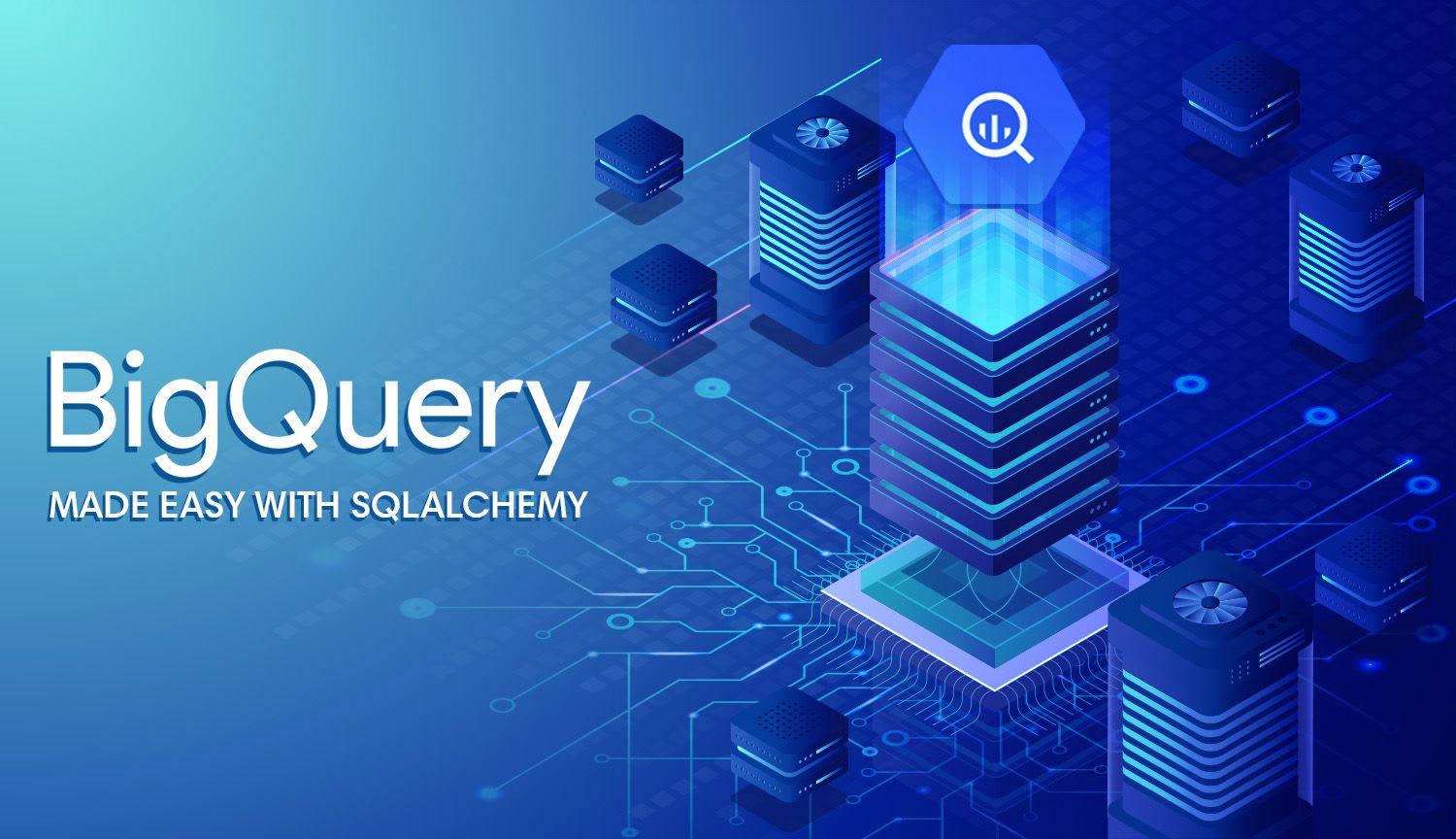

The BigQuery DB engine spec is a good example of how to do that. It should return a list of SupersetError indicating which parameters are missing, and which parameters are definitely incorrect ( example).įor databases like MySQL and Postgres that use the standard format of all you need to do is add the BasicParametersMixin to the DB engine spec, and then define the parameters 2-4 ( parameters_schema is already present in the mixin).įor other databases you need to implement these methods yourself. validate_parameters(cls, parameters): this method is used for onBlur validation of the form.get_parameters_from_uri(cls, uri, encrypted_extra): this method does the opposite, extracting the parameters from a given URI.build_sqlalchemy_uri(cls, parameters, encrypted_extra): this method receives the distinct parameters and builds the URI from them.In addition, the DB engine spec must implement these class methods: encryption_parameters: parameters used to build the URI when the user opts for an encrypted connection.sqlalchemy_uri_placeholder: a string that helps the user in case they want to type the URI directly.Many SQLAlchemy dialects support multiple drivers, but usually one is the official recommendation.
#Bigquery datagrip driver#

In order to support the rich configuration a DB engine spec needs to have the following attributes: New databases can be added gradually to the new flow. When the user selects a database not in this list they will see the old dialog asking for the SQLAlchemy URI. How to add new database engines to available endpoint Ĭurrently the new modal supports the following databases: We added a new configuration option where the admin can define their preferred databases, in order: How to setup up preferred database options and images We hope this feature will help eliminate a huge bottleneck for users to get into the application and start crafting datasets.
#Bigquery datagrip update#
Step 3: Finally, once the admin has connected to their DB using the dynamic form they have the opportunity to update any optional advanced settings. The new form prompts the user for the parameters needed to connect (for example, username, password, host, port, etc.) and provides immediate feedback on errors. It is ridiculously fast while handling large data sets. Google BigQuery is the best in business for that particular aspect. One of the most important aspects while working with data warehousing solutions and analytics is the ability to handle large datasets. We currently have built dynamic forms for (Redshift, MySQL, Postgres, and BigQuery). Google BigQuery DataGrip Likelihood to Recommend: Google. Depending on whether there is a dynamic form available for that specific engine, the admin will either see the new custom form or the legacy SQLAlchemy form.

Step 2: Next, the admin is prompted to enter database specific parameters. This page is powered by the /available endpoint which pulls on the engines currently installed in your environment, so that only supported databases are shown. Step 1: First the admin must inform superset what engine they want to connect to. There are now 3 steps when connecting to a database in the new UI: This will provide admins the ability to enhance the UX for users who want to connect to new databases. If the message shown in the following figure appears, click OK.Here is the documentation on how to leverage the new DB Connection UI. For more information about the MCQA feature, see Query acceleration. If you want to enable the MCQA feature, add &interactiveMode=true to the end of the URL. This parameter specifies whether to enable the MaxCompute Query Acceleration You can log on to the MaxCompute console, select the region where your MaxCompute project resides in the top navigation bar,Īnd then view the name of the MaxCompute project on the Project management tab. Workspace to which the MaxCompute project corresponds. This parameter specifies the name of your MaxCompute project instead of the DataWorks The name of the MaxCompute project to which you want to connect Tableau. Configure this parameter based on the regionįor more information about the endpoints of MaxCompute in different regions, see Endpoints. Delete the angle brackets () when you configure this parameter. The Uniform Resource Locator (URL) that is used to connect to the MaxCompute project. The AccessKey secret that corresponds to the AccessKey ID.Īnd select AccessKey Management to obtain the AccessKey secret. You can click the profile picture in the upper-right corner of the MaxCompute consoleĪnd select AccessKey Management to obtain the AccessKey ID. The AccessKey ID that is used to access the MaxCompute project. In this topic, set this parameter to MCtoDG. The name of the new data connection, which is used to distinguish the connections


 0 kommentar(er)
0 kommentar(er)
